Nakayama is in between Narita And Haneda International Airport
<クッキーについての同意並び欧州居住者向けプライバシーポリシー>
中山・下総・散歩道
the vicinity of Hokekyoji 法華経寺界隈の散歩道
Fujiwara Kannondo Hall and Musashi Miyamoto
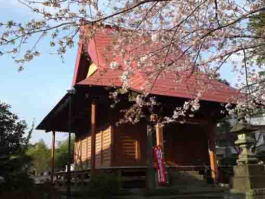
For 10 minutes' walk along Kioroshu-kaido Road from Funabashi Houten Station connecting to Nakayama Race Course, there is a small Buddhist hall called Fujiwara Kannondo Hall where the great swordsman Musashi Miyamoto first met Iori and trained himself, and sometimes it was said it was his hideaway in early Edo period. This story is from the famous book of 'The Great Swordsman Musashi Miyamoto' written by Eiji Yoshikawa. He called 'Hoten-ga-hara' (Hoten plain) the area where Musashi had stayed. This land was owned by Tokuganji Temple at Gyotoku in Katsushika-gun, Shimousa Province (now Gyotoku in Ichikawa City), this temple had deep connection with Ieyasu Tokugawa, the first Shogun and the founder of Edo Bakufu. Moreover a legend adds that Musashi cultivated the farm land and built the basis of Fujiwara village. Fujiwara Kannondo Hall has some romantic historical stories that you could enjoy visiting.
Although some disagreed with the stories connecting to the great swordsman, neighbors would have some dreams in them.
Moreover a statue of Kannon dedicated in Fujiwara Kannondo Hall is called a Migawari Kannon (a vicariousness kannon), and it was registered as a tangible cultural property by Funabashi city government. The kannon is a hibutsu (a Buddhist statue which is usually kept hidden from the public) and is exposed to the public once every 33 years. Next Gokaicho (exposing) will be in 2027.
The great swordsman Musashi Miyamoto might walk along Kioroshi-kaido road, and also the master of hiku Basho Matsuo and a writer Ikku Juppensha passed through the road to visit Kashima Jingu Shrine. So Kioroshi-kaido road was also called Kashima-kaido and Choshi-kaido road, so many people might pass in front of Fujiwara Kannondo Hall and take a rest there, and they might think of the life of Musashi Miyamoto.
Some beautiful cherry blossoms bloom in front of the hall in spring, and some colors on leaves in falls and red on the hall's roof blend into one another and shine in the blue sky. Though Fujiwara Kannondo Hall is a tiny hall, you could imagine the story of the great swords man Musashi Miyamoto that he would have run, work and fight on the ground you would stand.
Katsushika Shiryaku (a regional guide book in Edo perid) said it was called Fujiwarado at that time. And according to Funabashi city's site, the district name 'Hoden' was named in 1889, but the district name 'Hoden' has existed in Kamiyama-cho next to Fujiwara-cho before. Now the 'Hoden Plain' in the book 'Musashi Miyamoto' by Eiji Yoshikawa might be named after the 'Hoden' in Kamiyama-cho.
Musashi Miyamoto And Fujiwara (the origine of the district name)
Musashi Miyamoto And Fujiwara (the origin of the district name)Some said that the origin of the district name Fujiwara was named after the great swordsman Musashi Miyamoto's real clan's name 'Fujiwara'.
After Musashi had traveled around Ou region (Tohoku), he walked through the road in Hitachi Province (Ibaraki Prefecture) on the way to Edo. When Musashi was passing through Hoten Plain (the writer Yoshikawa calls), he first met Iori who had left his father slightly before. Then Musashi cultivated the wasteland with the boy. Then he named the district 'Fujiwara' after his clan's name 'Harunobu Fujiwara'.
Musashi Miyamoto stayed at Tokuganji Temple in Gyotoku that Ieyasu Tokugawa became a believer of in 1610, and the land owner of Fujiwara Kannondo Hall was Tokuganji temple. In addition, there is a tower erected for the response of Musashi's soul there. Moreover, Eiji Yoshikawa wrote Musashi's activities at Hoten Plain in his book 'Musashi Miyamoto'. Therefore, some said that the story of Musashi Miyamoto named the district might be created, and Fujiwara Kannondo Hall might be his hideaway.
Other said that Seiuemon Suzuki and some people from Gyotoku cultivated the land in the district and Seiuemon named it after his real clan's name 'Fujiwara'. This story is higher reliability than Musashi's.
参考
船橋市ホームページ
聞いてなるほど地名の由来 船橋市ホームページ
市川市ホームページ
房総叢書 紀元二千六百年記念 第6卷葛飾誌略
ウィッキペディア
Migawari Kannon (a vicariousness kannon)
Migawari Kannon (a vicariousness kannon)The wooden statue of standing Kannon registered as a tangible cultural property by Funabashi city government.
The statue of the standing Kannon is 90 cm tall, foil pressed yosegi-zukuri style statue in the hall. It might be crafted in Kamakura Period, but some said it might be in Edo Period. This Kannon is a very handsome Kannon which is unusual in this region, so it is called 'Migawari Kannon (a vicariousness kannon)' and people around the hall has worshipped faithfully and kept carefully as a hibutsu (a Buddhist statue which is usually kept hidden from the public).
According to the History Of Migawari Kannon, Kanze, a sculptor of Buddhist from Kyoto was ordered to make this statue of Kannon by a rich man at Uji in Kyoto. After he had completed the work, he was attacked by bandits and got hurts on him at Mt. Oe on his way to home, but he was no injured. At the same time, the statue of Kannon at the rich man's shed blood, so it was found that the Kannon must be injured instead of Kanze. Therefore everybody faithfully worshiped as the Migawari Kannon. It was said that in early Edo period, Sanzaemon Tanaka, a plutocrat in Gyotoku, was asked to owe a statue to bring back by Kenjyuji Temple in Tango Province (northern part of Kyoto Prefecture), that was the statue of Migawari Kannon in Fujiwara. First this statue was dedicated in Tokuganji Temple, and after Fujiwara village was opened in 1690, a small temple was built and the statue of kannon moved to the temple.
The wooden statue of standing Kannon was registered as a tangible cultural property by Funabashi city government in February 22nd 1966.
March 1992 Funabashi Municipal Board Of Education
船橋市教育委員会掲示板より
According to Katsushika Shiryaku, the statue of Migawari Kannon was carved on the same piece of wood of the statue of Kannon in the 21st temple of the pilgrimage in West in Kameoka city in Kyoto in 962, and when Sanzaemon Tanaka from Gyotoku went to Kyoto for some constracting project, he got this Kannon and brought it back and dedicated it in Tokuganji Temple in Gyotoku in 1659. In 1690, the Kannon was moved to the hall in Fujiwara. Since that, Fujiwara Kannondo Hall is the extra temple of the 33 Pilgrimage in Gyotoku and Urayasu, so it is the last temple of the pilgrimage. After completing it 3 times, the pilgrim would visit Fujiwara Kannondo Hall, so it could be said that it is the 100th temple of it. Since both the first and last temples have some legends of Musashi Miyamoto, it could be very exciting pilgrimage for people who love to study and read Japanese History.
参考
船橋市教育委員会掲示板
船橋市ホームページ
聞いてなるほど地名の由来 船橋市ホームページ
市川市ホームページ
房総叢書 紀元二千六百年記念 第6卷葛飾誌略
ウィッキペディア
The Temples of the 33 Pilgrimage in Gyotoku & Urayasu
The list of the temples of the 33 Pilgrimages in Gyotoku and Urayasu
- 01 Tokuganji : 5-22 Hongyotoku Ichikawa-shi
- 02 Fukusenji :2-7 Futamata Ichikawa-shi
- 03 Choshoji : 8-5 Hongyotoku Ichikawa-shi
- 04 Jishoin : 1-10 Hongyotoku Ichikawa-shi
- 05 Daitokuji : 5-13 Shimonijuku Ichikawa-shi
- 06 Jorinji (abandoned) : around Kawara Ichikawa-shi
- 07 Shogenji : 3-6 Kawara Ichikawa-shi
- 08 Yofukuin : 5-16 Kawara Ichikawa-shi
- 09 Ryugonji (Sorinji) : 3-10-2 Tokagi Ichikawa-shi
- 10 Fukuoji (Sorinji) : 3-10-2 Tokagi Ichikawa-shi
- 11 Ryogokuji : 2-16-4 Koya Ichikawa-shi
- 12 Anyoji : 2-16-35 Koya Ichikawa-shi
- 13 Hosenji : 7-22 Hongyotoku Ichikawa-shi
- 14 Hozenji : 1-25 Honshio Ichikawa-shi
- 15 Jokanji : 23-24 Hongyotoku Ichikawa-shi
- 16 Shingyoji (Kyoshinji) : 38-18 Hongyotoku Ichikawa-shi
- 17 Kyozenji (Kyoshinji) : 38-18 Hongyotoku Ichikawa-shi
- 18 Hoshoji (abandoned) : now brought into 19 Tokuzoji
- 19 Tokuzoji : 8-10 Sekigashima Ichikawa-shi
- 20 Seiganji : 4-8 Oshikiri Ichikawa-shi
- 21 Korinji : 12-20 Oshikiri Ichikawa-shi
- 22 Hodenji : 7-1 Minato Ichikawa-shi
- 23 Enmyoin : 11-21 Minato Ichikawa-shi
- 24 Zenshoji : 18-20 Minato Ichikawa-shi
- 25 Genshinji : 1-16-26 Katori Ichikawa-shi
- 26 Ryozenji : 2-12-18 Ainokawa Ichikawa-shi
- 27 Shinseiji : 1-9-1 Arai Ichiakawa-shi
- 28 Enmeiji : 1-9-2 Arai Ichikawa-shi
- 29 Zenpukuji : 26-27 Todaijima Urayasu-shi
- 30 Kezoin : 3-10-3 Nekozane Urayasu-shi
- 31 Togakuji : 2-4-27 Horie Urayasu-shi
- 32 Hojoin : 4-14-1 Horie Urayasu-shi
- 33 Dairenji : 4-14-2 Horie Urayasu-shi
- extra Fujiwara Kannondo Hall 2-234 Fujiwara-cho Funabashi-shi
* Please ask some specific information in each temple.
Why don't you visit the 33 Temples on this movie?
This movie is a slideshow created by some pictures of the temples. Why don't you watch it?
The Location and Access to Fujiwara Kannondo Hall
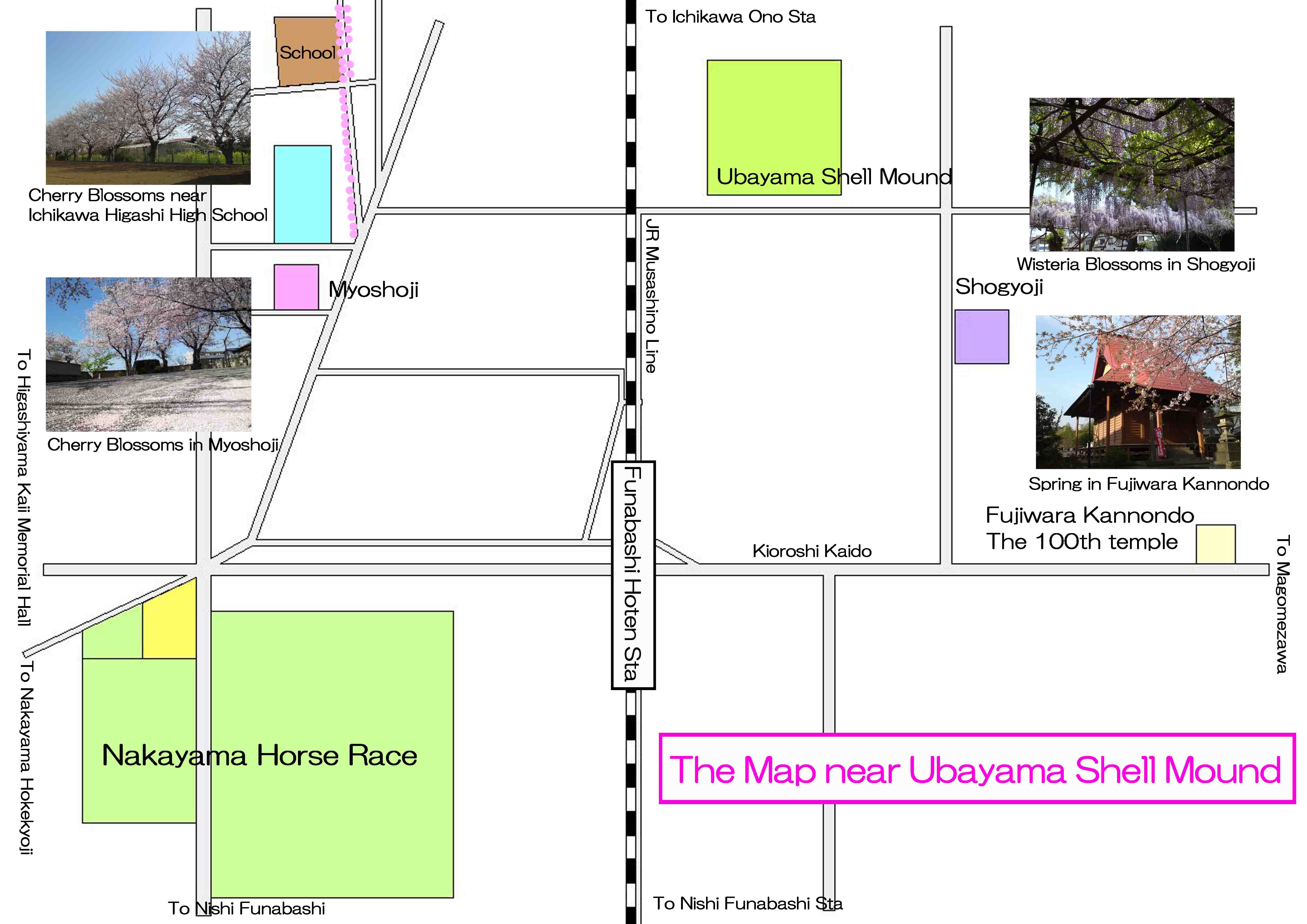
The map of the noted spots near Ubayama Shell Mound
PDF of the map of the landmarks near Ubayama Shell MoundFujiwara Kannondo Hall
2-234 Fujiwara-cho, Funabashi-shi, Chiba-ken- Fujiwara Kannondo Hall has a great accessibility from both Narita and Haneda International Airport.
- From Narita International Airport, take JR Sobu-express line, transfer the line at Nishi-funabashi to Musashino Line bound to Fuchuhoncho or Higashi Tokorozawa, get off Funabashi Hoten Sta. And also take Hokuso Line, transfer the line at Higashimatsudo to Musashino Lline, get off Funabashi Hoten Sta. It takes minimally 50 minutes from Narita Airport.
- From Haneda International Airport, take Keikyu-line bound to Narita, transfer the line at Takasago Sta to Hokuso Line, and transfer the line at Higashi Matsudo Sta to Musashino Line, get off Funabashi Hoten Sta. It takes almost 1 hour from Haneda Airport.
- From Tokyo Sta, take Musashino Line bound to Fuchuhoncho or Higashi Tokorozawa, get off Hunabashi Hoten Sta. It takes about 25 minutes from Tokyo Sta.
- From Akihabara Sta, take Sobu line bound to Chiba, Tsudanuma or Nishi Funabashi, Ttransfer the line at Nishi Funabashi to Musashino Line bound to Fuchu Honcho or Higashi Tokorozawa, get off Funabashi Hoten Sta.
- Take 10 minute walk from Funabashi Hoten Sta.
You could feel the great swordsman Musashi Miyamoto on your way to Narita International Airport, so Fujiwara Kannondo is very close area from the airport. If you have a little time, please come and visit Fujiwara Kannondo Hall to enjoy thinking of the activities of Musashi Miyamoto and Iori.
The Landmarks Neighbor Of Fujiwara Kannondo
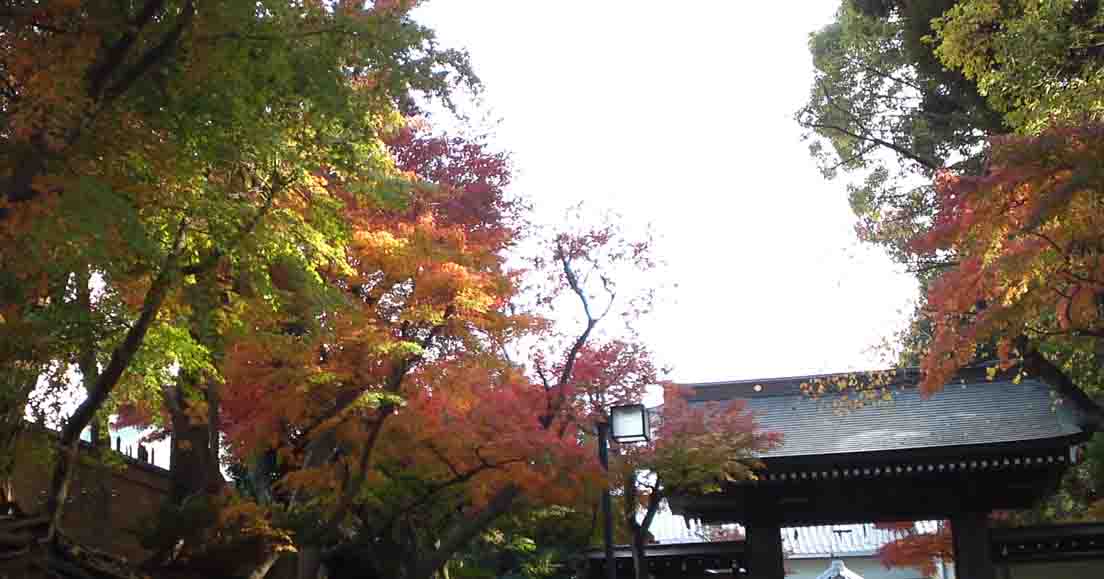
Tacchue Temples and the Branch Temples in Nakayama Hokekyoji
Some of the tacchu temples are introduced in this page.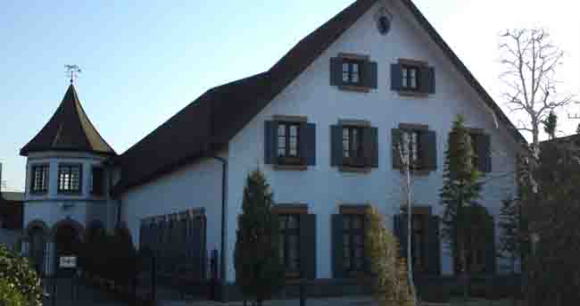
Higashiyama Kaii Memorial Hall
This small gallary has wonderful works of the great painter Kaii Higashiyama lived in Nakayama.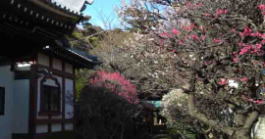
Nakayama Oku-no-in
Nichiren had preached first time at the Oku-no-in. Later, Jonin Toki built a temple named 'Hokke-ji'. There are several ume trees blooming beautiful ume blossoms in spring silently.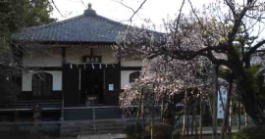
Onju-in Temple
Onjuin Temple is famous for the temple to deliver the Nichiren Sect's traditional style of ascetic practices. Tokugawa, Maeda and many people faithfully has believed for ages.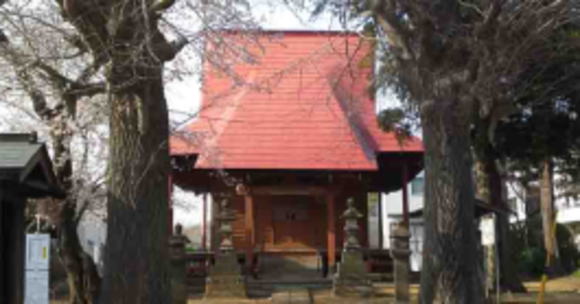
Fujiwara Kannondo Hall
Fujiwara Kannondo Hall has the legend of the great swordsman Mushashi Miyamoto, sometimes it was his hideaway.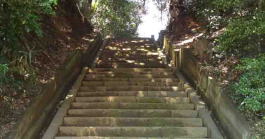
Shogyoji Temple
It preserves the seated statue of Nichiren and Yosobei Kajikawa's mementoes. It also has the side story of The Forty-Seven Ronins.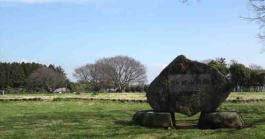
Ubayama Shell Mound
This shell mound designated as the National Historic Site and was formed from middle to late Jomon period.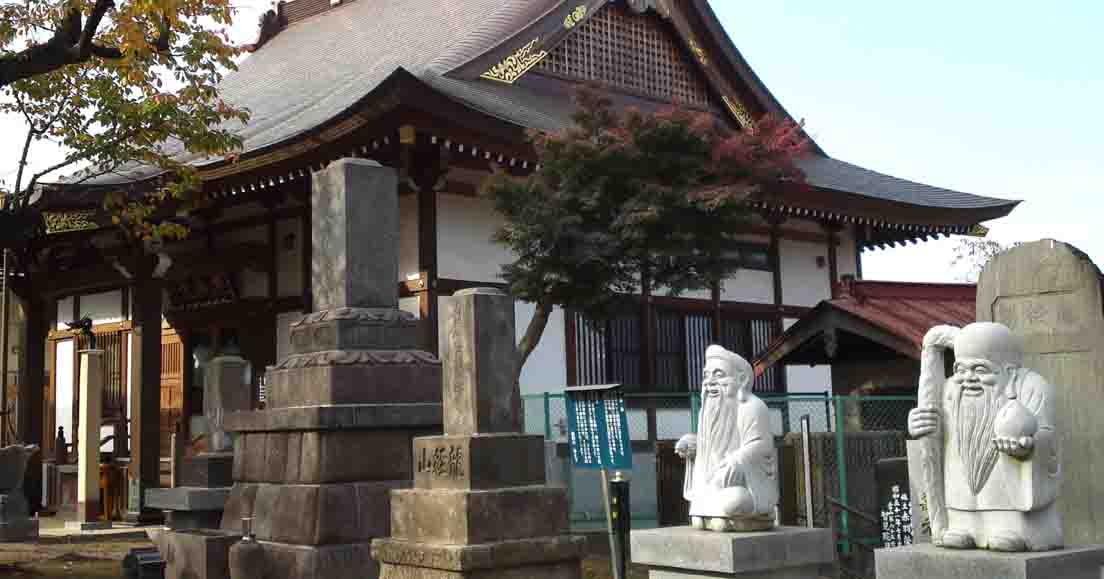
Ryukyosan Myoshoji Temple
The sacred temple covered with holy cherry trees is famous for the legend of Seven Sutra Mound and Shichifukujin in Ichikawa.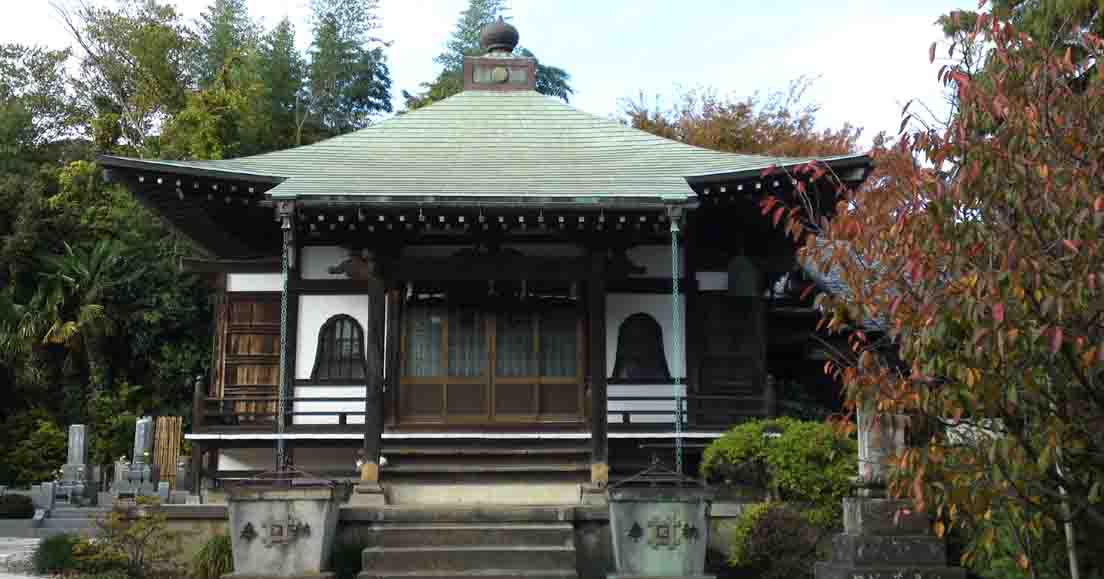
Homensan Anrakuji Temple
The first nunnery of Nichiren Sect built by the Princess Tokiwai, the legend said ther daughter of the Emperor drifted to Ichikawa.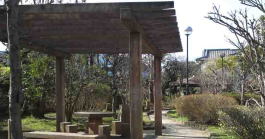
Seikaen Garden
A peaceful place to rest on the way to Nakayama Hokekyoji Temple is Seikaen. It has the branch office of the city hall.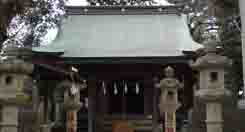
Awa Jinja Shrine
It has the legend of the young samurai Hirotsugu Satomi.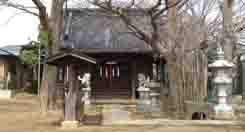
Takaishigami Jinja Shrine
The shrine related to the battles of Konodai in Sengoku Period.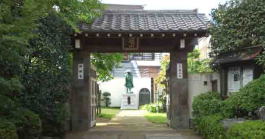
Shinmeisha Shrine and Shinmeiji Temple
They have their long history and the legend of Oguri Hangan.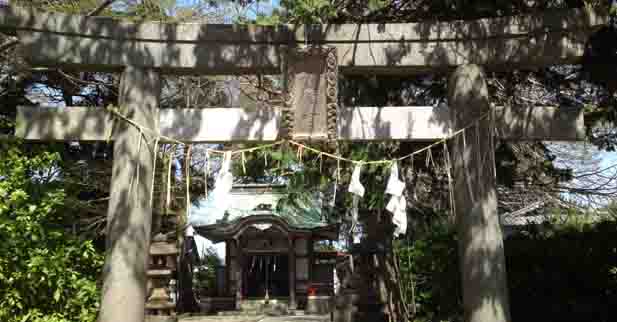
Wakamiya Hachimangu Shrine
A small shrine relates to the Founder Nichiren, Nichijo and the Prince Yamato Takeru.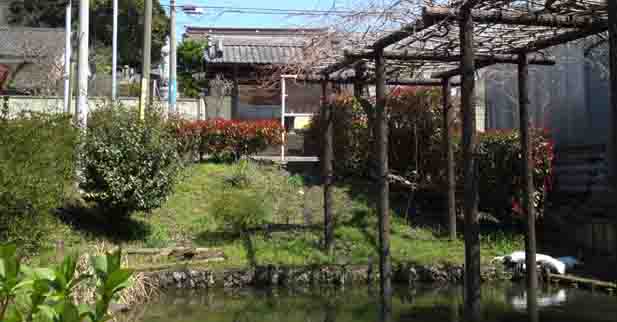
Tamonin Temple and the Futago Fuji Pond
They are related to the Founder Nichiren.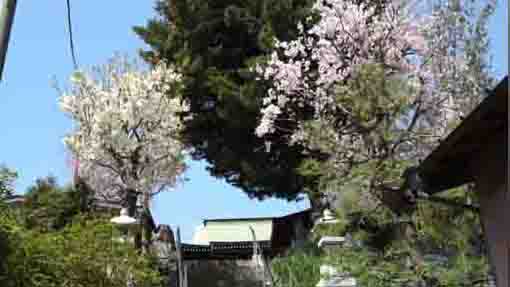
Myoken Jinja Shrine in Terauchi
This shrine is the guardian deity of this town and Kafu Nagai, a famous writer, had visited.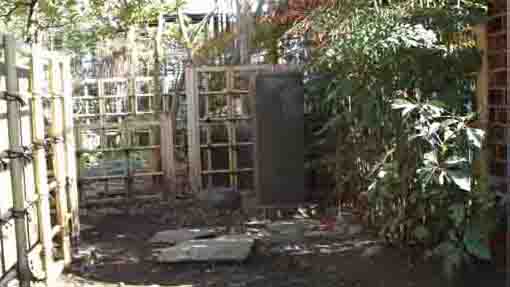
Kazura no I well in Katsushika
A well became famous as Kafu Nagai introduced in his essay.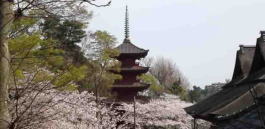
Nakayama Hokekyoji Temple
Visitors could enjoy seeing cherry blossoms and cultural properties.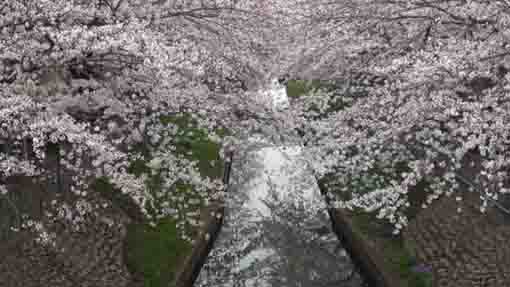
Cherry trees along Mamagawa River
The Mama-gawa River is the very famous spot to enjoy seeing the blooming Cherry Blossoms.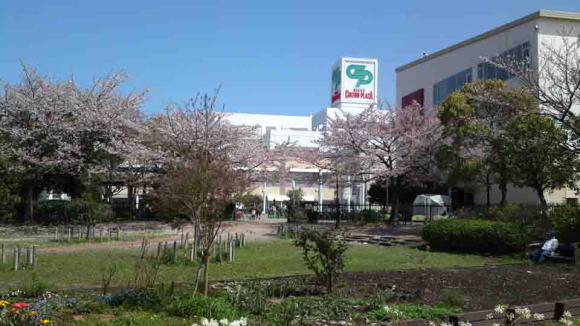
The Area Around Nikke Colton Plaza
Nikke Colton Plaza and some landmarks around are attractive and exciting to walk on.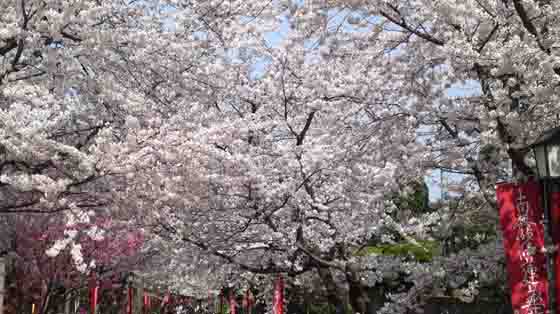
The Popular Viewing Sakura Spot / Nakayama Hokekyoji Temple
It is very popular viewing sakura spot and thousands of people visit and enjoy seeing sakura.- 広告 Advertisement -
